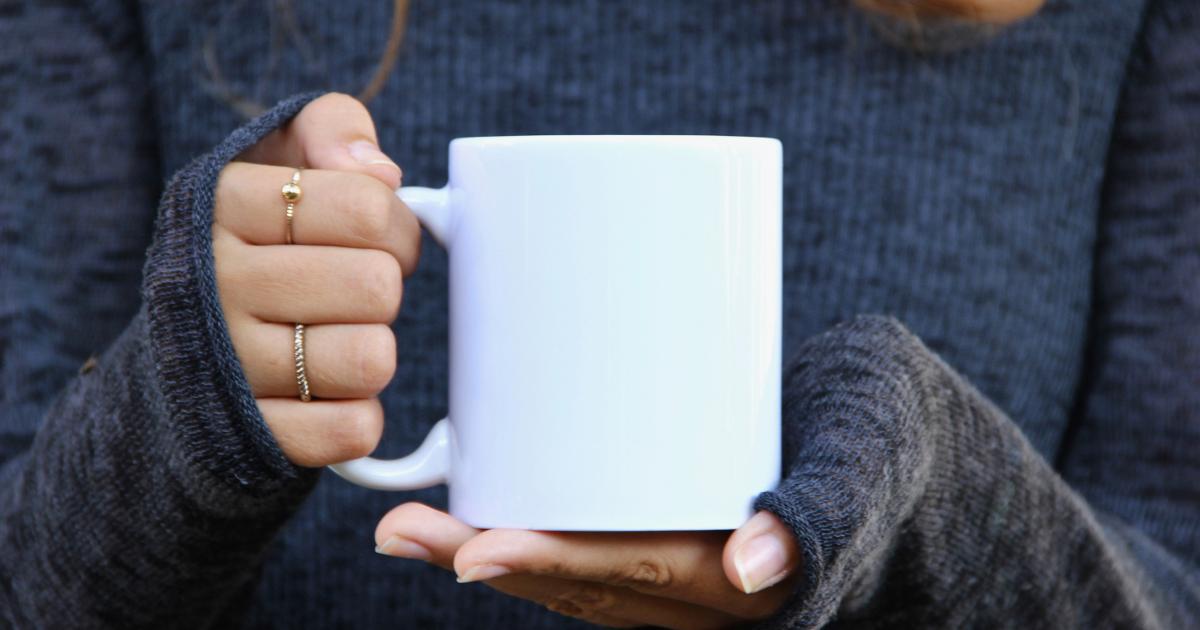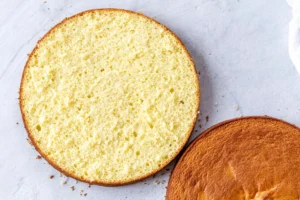
Suggested video What products are in season in January?
Video 1 of 1
Coffee is generally recognized as the most caffeinated beverage. On average, a standard cup of coffee (approximately 240 ml) can contain between 85 and 185 milligrams of caffeine. This rate may vary depending on the type of coffee beans, roasting process and preparation method. Stronger coffees, like espresso, tend to have a higher concentration of caffeine.
Contrary to popular belief, tea also contains a significant amount of caffeine. If we instead talk about theine for tea, it is actually the same molecule. On average, a cup of tea (approximately 240 ml) may contain between 30 and 70 milligrams of caffeine. THE black teas tend to have a content higher in caffeine than green teas. But according to a 2009 study, if we compare raw ingredients, tea leaves contain more caffeine than coffee beans: 3.5% versus 2.2%.
Although the caffeine levels between the two drinks are quite significant in both, there is, however, a notable difference between the two. The caffeine contained in coffee is bioavailable, which means that it is in a free state, so it spreads faster in our body. This is why we have more of a boost with coffee. For tea, its spread will be gradual and longer. You can therefore adapt your choice according to your needs.
In recent years, another plant has been very popular for its energizing effect. Mate is a traditional drink consumed in South America, particularly in Argentina, Uruguay and Paraguay. In general, mate has a caffeine content that is between that of tea and coffee. A cup of mate (about 240 ml) can generally contain between 30 and 50 milligrams of caffeine. Besides caffeine, mate also contains xanthines such as theobromine and theophylline. These substances also contribute to the stimulating effects of the drink by acting on the central nervous system. This unique combination of compounds may provide a longer-lasting energy boost compared to caffeine alone.
Source:https://www.750g.com/the-ou-cafe-laquelle-de-ces-2-boissons-contient-en-realite-le-plus-de-cafeine-a36285.htm


